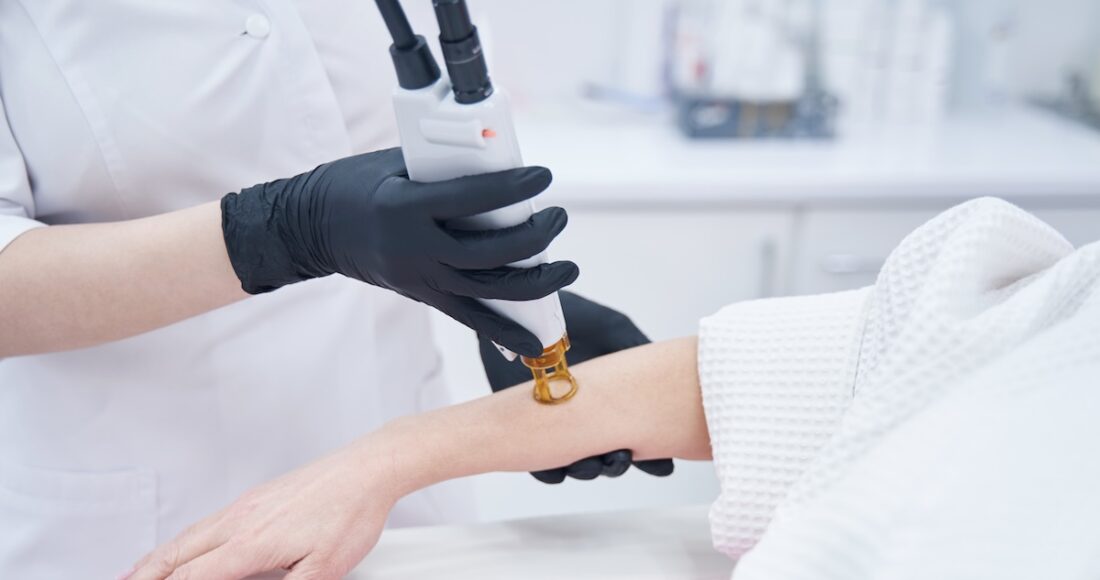When it comes to changing the skin you’re on, most people think of a fresh new tattoo, but a growing number are turning their attention to the opposite—removing old ink. Whether you’re a former ink enthusiast, a career‑switching professional, or simply looking to clear up a mistake, understanding the basics of tattoo removal will help you make an informed decision.
Why Tattoos Fade
Tattoo inks are made of pigments that are deposited deep into the dermis. The body’s immune system does its best to fight off these foreign particles, but the pigments are stubborn. Over time they may shift color or “blight” into a cloudy gray, and the natural skin regeneration cycle can thin the ink. In many cases, people discover that a tattoo that once looked pristine now seems misplaced or outdated.
The Laser Revolution
The advent of laser technology has turned what used to be a long, painful, and often ineffective process into a more precise, targeted treatment. Laser tattoo removal works by shooting short, high‑energy bursts of light into the ink. The light breaks the pigment into microscopic fragments that the immune system can later clear away. The amount of time required varies, but most sessions last 10‑30 minutes, with a recommended interval of 4‑6 weeks between treatments to allow the body to flush out debris.
A Real‑World Example
If you’re in Sydney and start to feel like your ink was a mistake, you might find a local clinic offering a comparison of techniques—some favor high‑energy Q‑switched lasers, while others use newer picosecond lasers that may reduce the number of sessions. For those living far from a specialist, it helps to look for a reputable “laser tattoo removal in melbourne” that can provide a clear treatment plan and after‑care instructions.
What to Expect
- Initial Consultation – A professional will assess the tattoo’s size, color, depth, and the skin type. This helps determine the laser settings and estimate how many sessions you’ll need.
- The Session – A protective gel is applied, and the laser is directed at the ink. You’ll feel a brief sting or a rubber‑band‑like snap. A cooling device may be used to keep the skin comfortable.
- Post‑Treatment Care – The treated area will likely be red, swollen, and sometimes blistered. Gentle cleansing, avoiding direct sunlight, and wearing loose clothing are key.
- Recovery – Most people resume normal activities within a day or two, but it’s normal for the skin to feel a bit sensitive for a week or more.
Cost & Commitment
Prices vary widely based on tattoo size, color complexity, and geographic location. While advanced lasers can reduce the total number of treatments, the cumulative cost may still be comparable to older methods. However, the precision and lower risk of scarring make laser a worthwhile investment for many.
The Aftermath
Full removal may be impossible for certain pigments—especially bright yellows, oranges, and greens. When these colors resist laser, a partial fade and a skilled pigment‑removal specialist can achieve a close approximation. In most cases, the leftovers blend with surrounding skin, creating a natural “white‑out” rather than a stark, scarred patch.
Bottom Line
Tattoo removal isn’t a one‑size‑fits‑all scenario, but modern laser technology has made it more accessible, predictable, and efficient. By doing your research, consulting a qualified provider, and following after‑care instructions, you can regain confidence in your skin and move on from ink you no longer love. Whether you’re a beginner to the world of “laser tattoo removal in melbourne” or a seasoned aficionado seeking a quick fix, you’ll find that the journey to clearer skin is well worth the effort.




